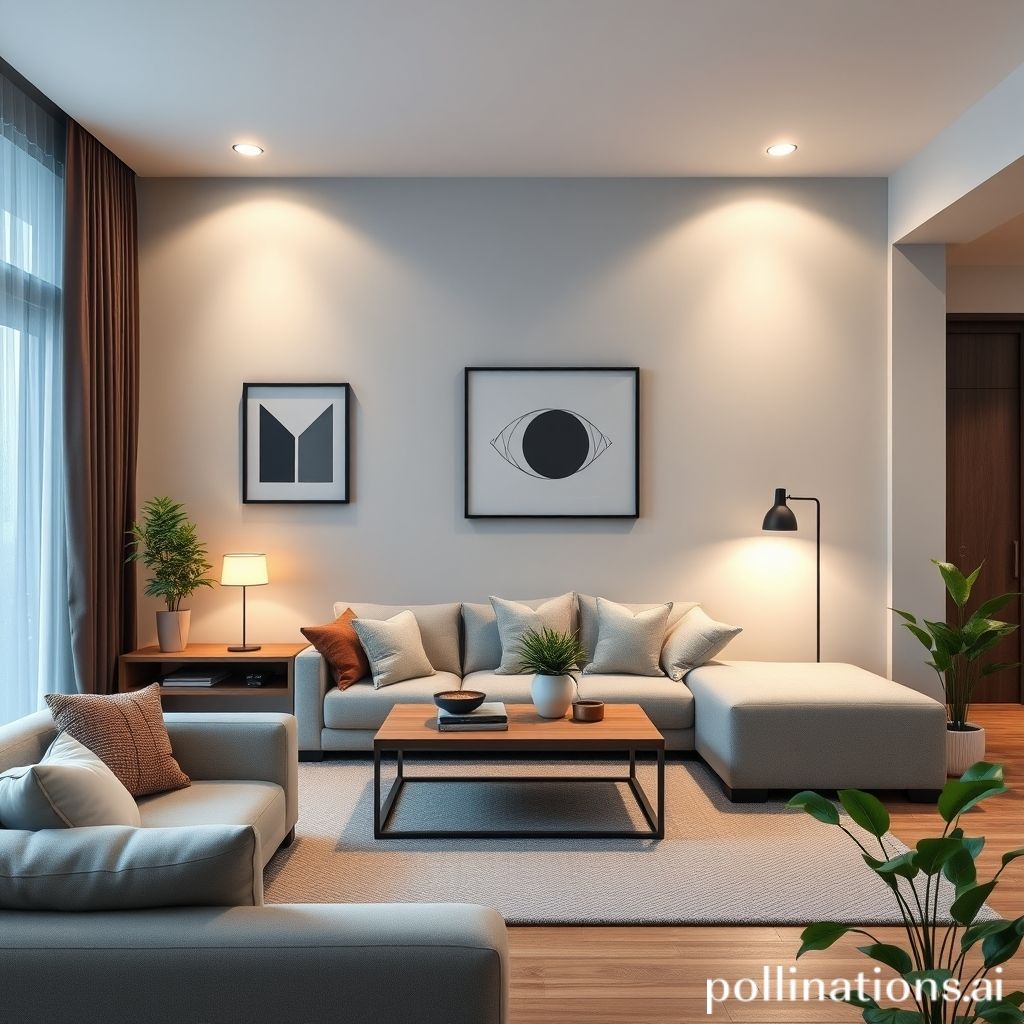Smart Coffee Maker (Type A) vs. Traditional Drip (Type B): A Sustainability and Efficiency Comparison for Your Morning Brew
Choosing between a smart coffee maker (Type A) and a traditional drip coffee maker (Type B) involves more than just taste. Today’s consumer is increasingly aware of environmental impact and energy consumption. This article dives deep into comparing these two brewing methods, focusing on sustainability, energy efficiency per cup, waste generation, and how smart features can contribute to a greener coffee routine. Let’s find out which coffee maker reigns supreme in the eco-conscious arena.
Energy Consumption: Wattage and Brew Time
One of the most significant differences lies in energy consumption. Traditional drip coffee makers (Type B) generally operate with a simple heating element. They draw a consistent amount of power during the brewing cycle, which can last anywhere from 5 to 10 minutes for a full pot. The crucial factor here is that many keep the warming plate active for an extended period, consuming significant energy even after brewing is complete. Some models lack automatic shut-off features, leading to unnecessary energy waste.
Smart coffee makers (Type A), on the other hand, often incorporate more efficient heating systems and programmable timers. They might utilize rapid heating technology to reduce brewing time and power consumption. Furthermore, smart features like automatic shut-off and scheduled brewing can significantly minimize wasted energy. Many smart models also offer energy-saving modes that further reduce their carbon footprint. To accurately compare, it’s essential to check the wattage rating and brewing time for each specific model, but smart features often give Type A an edge in efficiency.
Waste Reduction: Pods vs. Filters and Beyond
The type of waste produced by each method is another critical consideration. Traditional drip coffee makers (Type B) primarily use paper filters, which, while biodegradable, still contribute to landfill waste. Reusable metal filters are an option to mitigate this, requiring only the disposal of coffee grounds, which can be composted. The environmental impact then depends on the user’s willingness to compost and the source of the paper filters (recycled vs. non-recycled).
Some smart coffee makers (Type A) utilize coffee pods, which have been a major source of environmental concern due to their plastic or aluminum composition. While some companies offer recyclable pods or compostable pods, the infrastructure for recycling these materials isn’t always readily available, and proper composting requires specific conditions. However, some smart models also accommodate ground coffee, offering the flexibility of using reusable filters or opting for more sustainable pod options when available. Therefore, the waste factor greatly depends on the specific model and user habits.
Smart Features for a Sustainable Brew
Beyond energy efficiency, smart features can directly contribute to a more sustainable coffee routine. Smart coffee makers (Type A) with precise brewing controls allow you to brew only the amount of coffee you need, minimizing waste from unused, stale coffee. Some models even integrate with smart home ecosystems, allowing for voice control and remote operation, which can further optimize brewing schedules and prevent unnecessary brewing.
Furthermore, some smart coffee makers offer features like water filtration reminders, ensuring optimal brewing conditions and potentially reducing the need for bottled water. By providing data on usage patterns and energy consumption, smart coffee makers can empower users to make more informed decisions and adopt more sustainable practices. However, it’s essential to weigh the environmental impact of manufacturing these technologically advanced appliances against the benefits of their smart features.
The Verdict: Brewing a Sustainable Future
In conclusion, both smart coffee makers (Type A) and traditional drip coffee makers (Type B) have their pros and cons when it comes to sustainability and efficiency. Traditional drip machines can be efficient with reusable filters and conscious usage. Smart coffee makers offer energy-saving features and waste reduction options, but their manufacturing impact and reliance on pods can be drawbacks. Ultimately, the most sustainable choice depends on individual habits, responsible usage, and a commitment to reducing waste and energy consumption, regardless of the chosen brewing method. By carefully considering these factors, you can enjoy your morning brew while minimizing your environmental impact.



